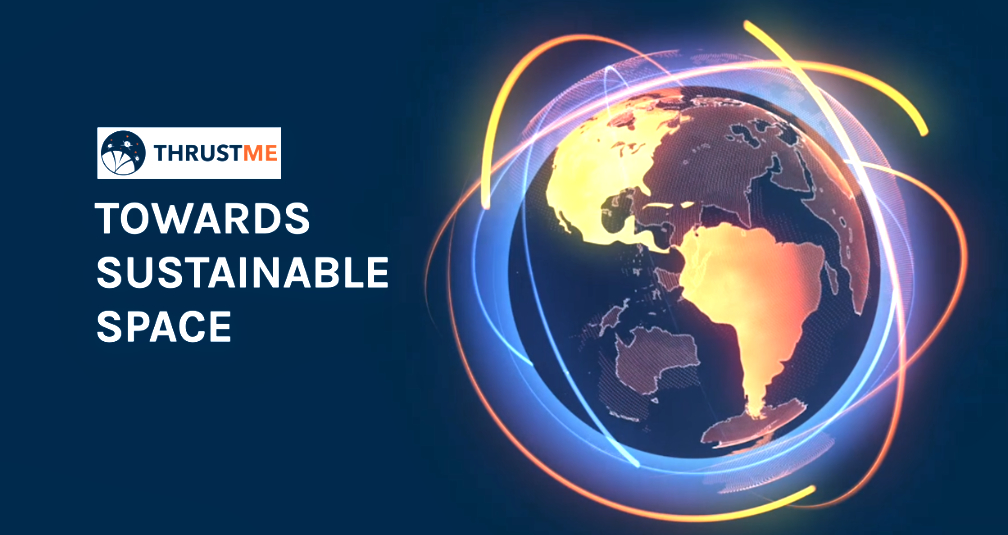
After significant support from the French state and the European Commission, ThrustMe has announced their first contract with the European Space Agency (ESA) ARTES C&G program in support of the development of a breakthrough technology to solve emerging challenges in space associated with the rise of satellite constellations.

The space industry is growing rapidly, and an exponential increase in the number of satellites launched into space is expected in the coming decade. The industry is facing new challenges, particularly with the increase in satellite constellations, and in-space propulsion is becoming a critical subsystem to ensure the environmental sustainability of space, and enable economic sustainability for the industry.
Existing space propulsion systems are not suitable for the next generation of satellites. Chemical propulsion solutions require too much propellant, while traditional electric propulsion systems need too much power, and most are too complex for streamlined production and integration.
ThrustMe has demonstrated groundbreaking achievements in developing electric propulsion systems with unmatched performance for the new space paradigm. While most electric propulsion systems currently use xenon propellant, it has become evident that this is not a viable long term solution. If we keep using xenon, the total space industry demand alone will exceed twice the global capacity of xenon production in the next 5-10 years. This is one reason why SpaceX, for example, are using krypton for their Starlink satellites.
Iodine has been considered a promising alternative propellant for over a decade, and is identified as a key strategic technology for space, due to its higher density, easier storage, and lower costs – this while still giving similar, or even better, thruster performance than xenon.
Both NASA and ESA have initiated significant R&D programs for the purpose of developing technologies compatible with iodine thrusters, but so far, only ThrustMe has demonstrated the building blocks of this technology in space. In 2019, the French Space Agency, CNES, supported the development of ThrustMe’s iodine technologies via a project as part of their R&T program.
Executive Comments

“But the biggest problem of all is the propellant. For ride share missions it is just not safe enough to use pressurized gas propellants, which in addition, can lead to very high direct and indirect costs in the overall use of propulsion, particularly with regards to testing, assembly, and launch integration,” explained Ane Aanesland, CEO of ThrustMe. “But Krypton is just a quick fix before better solutions come along.”

“We have leveraged the technology of our existing cold gas system, the I2T5, which was launched last year, and which was the first ever iodine propulsion system tested in space. Our new iodine electric propulsion system, the NPT30, uses plasma generation and beam neutralization technologies that have been under development at ThrustMe since 2017, and have already reached a high-level of maturity through extensive testing and qualification campaigns,” said Dmytro Rafalskyi, CTO of ThrustMe. “
“We have been impressed by ThrustMe’s technical solution for using iodine for space propulsion. We see the value to the satcom industry and are pleased to support ThrustMe in this upcoming demonstration through the ARTES C&G program,” said Barnaby Osborne, Small Satellite Technology Coordinator, ESA Telecommunications and Integrated Applications.
“We have very strong confidence in both the team and the technology being developed at ThrustMe, and we are eager to see the first results in space,” added Thomas Lienart, Head of the Propulsion, Pyrotechnics and Aerothermodynamics office at CNES.
